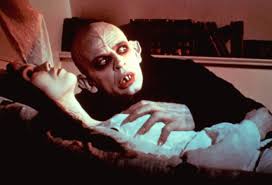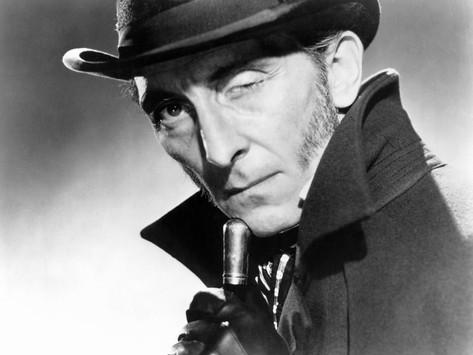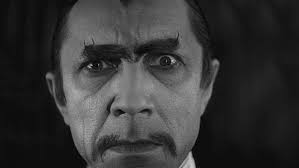
BLUE BLOOD. (1973) WRITTEN AND DIRECTED BY ANDREW SINCLAIR.
BASED ON ‘THE CARRY-COT’ BY ALEXANDER THYNN, 7TH MARQUESS OF BATH.
STARRING OLIVER REED, DEREK JACOBI, FIONA LEWIS, ANNA GAEL AND MEG WYNN OWEN.
REVIEW BY SANDRA HARRIS. ©
This is a very strange little horror film, with lots of plot-holes and unfinished bits and loose threads all over the place, but it’s atmospheric and quaint and old and stars Oliver Reed, one of Britain’s most written about and talked about actors and certainly one of her most deliciously desirable leading men.
He plays Tom, the sinister, heavily moustached butler of the Swanbrook Estate, the most fabulous stately home and grounds you’ll ever see. He has nothing but contempt for his so-called master, a lustful popinjay of an aristocratic twat-slash-twit called Gregory.
Gregory ‘swans’ (see what I did there?) around the estate having sex by turn with his exotic mistress Carlotta and his lovely wife Lily, a singer. (How her smash hit, ‘Nanny Parks,’ didn’t make it into the Top Twenty of the day is both a mystery AND a crying shame…!)
Gregory dresses and acts like it’s the bleedin’ eighteen-hundreds but it’s actually modern times. Well, if the 1970s could ever be called modern times…! He hires a strange German nanny called Beate Krug for his two children, a boy and a girl, because his singer wife is away touring, and he tries to bed her too (Beate) when he gets a free moment, but she turns him down because, as I said, she’s a bit strange. We never really know her deal. Is she evil? Possessed? Mentally unstable? All three? What…?
One thing we do know is that Tom the butler, more charismatic, stronger-willed and more single-minded than the weak-willed and decadent Gregory, has plans to take over the house from his wimpy, loins-led master. He works some kind of black magic on the three women, Carlotta, Lily and Beate, giving them visions of the bloody sacrifice of Gregory and Lily’s son, Edgar, to a Satanic deity.
When the children are found bruised all over, Beate is dismissed from service. Okay… When it’s Gregory’s turn to have the desperate, demonic visions, his mind cannot withstand the notion of Tom sacrificing dear sweet Edgar, a privileged little shit, to the Devil. It duly collapses (Gregory’s mind), leaving a rather smug Tom to dress in his master’s togs and take over as lord of the manor and the top dog of Swanbrook.
Lily, Gregory’s wife, reacts with unflattering swiftness to the new world order. Talk about if you can’t be with the one you love, love the one you’re with. That’s basically all that happens in the film. There’s some female frontal nudity, but not really any sex as such, and not so much as a single solitary glimpse of the magnificent chest and proud buttocks of Oliver Reed. Well…!
Some gorgeous wild animals can be seen roaming the grounds, because Longleat House, the stately home in the film and home to the Marquesses of Bath, once had a Zoo there, as far as I know. It might even still exist. And here’s another interesting fact for you, my dears.
Anna Gael, the stage name of the beautiful, dark-haired actress who plays Carlotta, was married at the time she made the film to Alexander Thynne, Marquess of Bath, who penned the work ‘The Carry-Cot’ on which the film is based. Imagine being married to the Marquess of Bath! I’d lounge under trees all day reading books and eating Viscount biccies. Lol, Viscount biccies. How frightfully posh.
The beefy Oliver Reed is grossly under-used in the film. The Satanic ‘visions,’ coloured in a demonic red, could have been fleshed out and made into a full scene, instead of just occasional flashes of crimson madness.
And of course, more sex and nudity would have ramped up the excitement a bit overall. But it is what it is, peeps, a quaint little cinematic memory from a very quaint but damnably sexy cinematic era. It’s streaming now on Netflix, so go, go, go! What are you waiting for? A handwritten, gilt-edged invitation from the Marquess of bleedin’ Bath…? We should all be so lucky…















